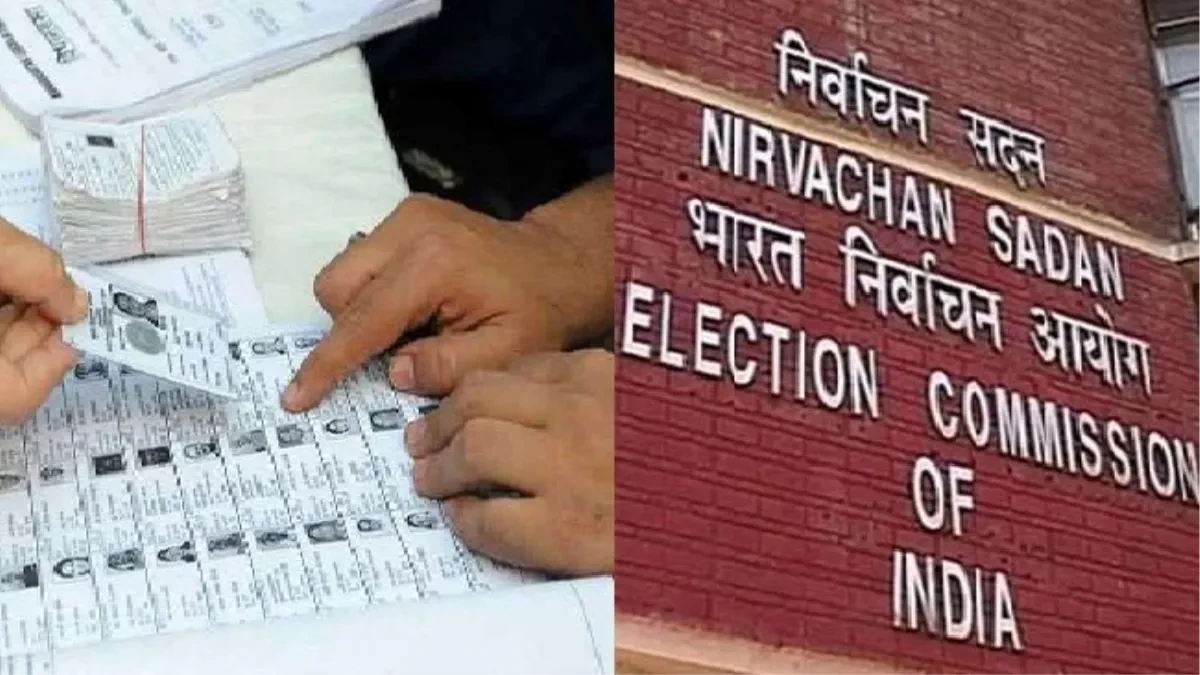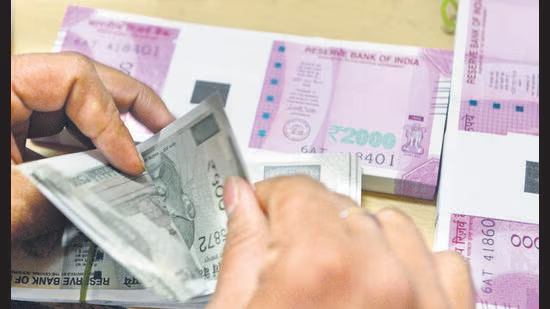- Courses
- GS Full Course 1 Year
- GS Full Course 2 Year
- GS Full Course 3 Year
- GS Full Course Till Selection
- Answer Alpha: Mains 2025 Mentorship
- MEP (Mains Enrichment Programme) Data, Facts
- Essay Target – 150+ Marks
- Online Program
- GS Recorded Course
- Polity
- Geography
- Economy
- Ancient, Medieval and Art & Culture AMAC
- Modern India, Post Independence & World History
- Environment
- Governance
- Science & Technology
- International Relations and Internal Security
- Disaster Management
- Ethics
- NCERT Current Affairs
- Indian Society and Social Issue
- NCERT- Science and Technology
- NCERT - Geography
- NCERT - Ancient History
- NCERT- World History
- NCERT Modern History
- CSAT
- 5 LAYERED ARJUNA Mentorship
- Public Administration Optional
- ABOUT US
- OUR TOPPERS
- TEST SERIES
- FREE STUDY MATERIAL
- VIDEOS
- CONTACT US
India-Russia Relation-RELOS Deal Finalized
India-Russia Relation-RELOS Deal Finalized
20-07-2024
Recently, the India-Russia mutual logistics agreement named the Reciprocal Exchange of Logistics Agreement (RELOS) is now ready for finalisation. It will facilitate military cooperation between India and Russia, including joint exercises, training, and disaster relief efforts.
What is Reciprocal Exchange of Logistics Agreement (RELOS)?
- About: An administrative arrangement facilitating military logistics support.
- Purpose: Streamline joint operations and long-distance missions, making them more efficient and cost-effective.
- Significance:
- Enables sustained military operations by replenishing essential supplies.
- Provides berthing facilities for troops, warships, and aircraft during both peacetime and wartime missions.
- Enhances military reach and maritime domain awareness, especially in strategically important regions.
- Counterbalances India's Quad agreements and strengthens Russia's presence in the Indo-Pacific.
- Facilitates scientific collaboration in the Arctic.
What are India's Logistics Agreements with Various Countries?
- India and USA:
- General Security of Military Information Agreement (GSOMIA): It was signed in 2002, to facilitate sharing military intelligence between India and the USA.
- Logistics Exchange Memorandum of Agreement (LEMOA), 2016: Allows mutual use of military logistics facilities.
- Basic Exchange and Cooperation Agreement (BECA), 2020: Provides India access to U.S. geospatial intelligence data.
- Communications Compatibility and Security Agreement (COMCASA), 2018: Enables the transfer of encrypted communication equipment.
- India and France:
- Facilitates logistical support during joint exercises, port visits, and humanitarian efforts
- Promotes stability in the Pacific and Indian Ocean regions.
- Enables maritime intelligence sharing.
- Facilitates logistical support during joint exercises, port visits, and humanitarian efforts
- India and Australia:
- Comprehensive Mutual Logistics Support Agreement (MLSA), 2020.
- Emphasises shared vision for Indo-Pacific maritime cooperation.
- Comprehensive Mutual Logistics Support Agreement (MLSA), 2020.
- India and Japan:
- Allows Close Coordination of Services (ACSA), 2020 and supplies between armed forces.
Evolution of India-Russia Relations
-
Historical Genesis:
- The Indo-Soviet Friendship Treaty of 1971: In the wake of the Indo-Pak war (1971), Russia supported India while the US and China supported Pakistan.
- Declaration on the India-Russia Strategic Partnership: In October 2000, India-Russia ties acquired a qualitatively new character with enhanced levels of cooperation in almost all areas of the bilateral relationship.
- Special and Privileged Strategic Partnership: During the visit of the Russian President to India in December 2010, the Strategic Partnership was elevated to the level of a “Special and Privileged Strategic Partnership”.
-
Bilateral Trade: Bilateral trade reaching USD 13 billion in 2021-22, with Russia as India's seventh largest trading partner.
-
Political Engagement:
- Politically, both countries engage through annual meetings of two Inter-Governmental Commissions: One focused on Trade, Economic, Scientific, Technological, and Cultural Cooperation (IRIGC-TEC) and another on Military-Technical Cooperation (IRIGC-MTC).
-
Defence and Security Relations: Both countries regularly conduct the Tri-Services exercise ‘INDRA‘.
- The joint military programs between India and Russia include:
- BrahMos cruise missile program
- 5th generation fighter jet program
- Sukhoi Su-30MKI programme
- The military hardware purchased/leased by India from Russia includes:
- S-400 Triumf
- Kamov Ka-226 200 to be made in India under the Make in India initiative
- T-90S Bhishma
- INS Vikramaditya aircraft carrier program
- AK-203 Rifles
- The joint military programs between India and Russia include:
-
Science and Technology:
- The partnership dates back to the early days after India's independence when Soviet assistance was pivotal in establishing institutions like the Bhilai Steel Plant and supporting India's space program.
- Today, collaboration extends to advanced fields such as nanotechnologies, quantum computing, and India’s manned spaceflight program (Gaganyaan).
Key Challenges in India-Russia Relations and Potential Solutions
1. Strategic Shifts:
- Challenge: Russia's closer ties with China and improved relations with Pakistan affect India's regional strategy.
- Solution: India should continue its multi-alignment policy, engaging with all major powers while maintaining strategic autonomy. This includes strengthening ties with other regional players like Japan and ASEAN to counterbalance China's influence.
2. India's Diplomatic Balancing Act:
- Challenge: India's close ties with both the US and Russia create a diplomatic dilemma, especially when their interests diverge.
- Solution: India needs to prioritize its national interests and adopt a pragmatic approach. This involves maintaining open communication channels with both countries, clearly articulating its stance on global issues, and finding areas of cooperation where possible.
3. Russia-Ukraine Crisis:
- Challenge: India's neutral stance on the Ukraine crisis led to criticism from the West and strained relations.
- Solution: India can emphasize its commitment to international law and peaceful conflict resolution. Engaging in diplomatic efforts to mediate between Russia and Ukraine could help improve its image in the West.
4. Declining Defense Imports:
- Challenge: India's diversification of defense imports poses a challenge for Russia's defense industry.
- Solution: India and Russia can explore collaborative export strategies, leveraging India as a manufacturing hub for Russian defense equipment. This would expand market reach for both countries and strengthen their defense ties.
Way Forward:
-
Enduring Defense Partnership: Maintaining and modernizing the existing defense cooperation while exploring joint development and production of advanced military technologies.
-
Diversification of Economic Ties: Expanding collaboration beyond defense into sectors like energy, technology, space, and trade.
-
Strategic Balancing: Continuing engagement with multilateral forums like BRICS and SCO while strengthening ties with Quad nations.
-
Space Collaboration: Deepening cooperation in space exploration and technology through joint missions and research initiatives.



